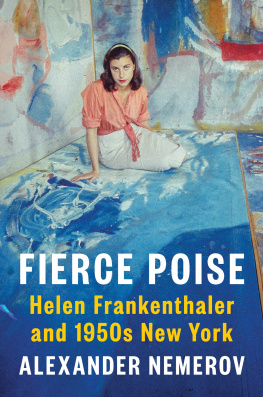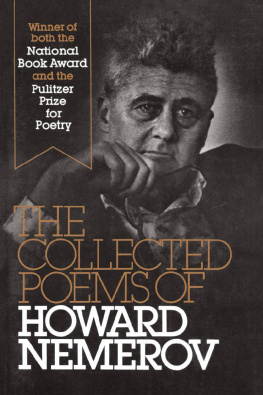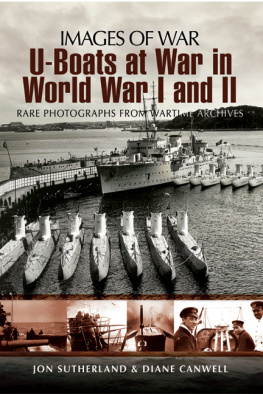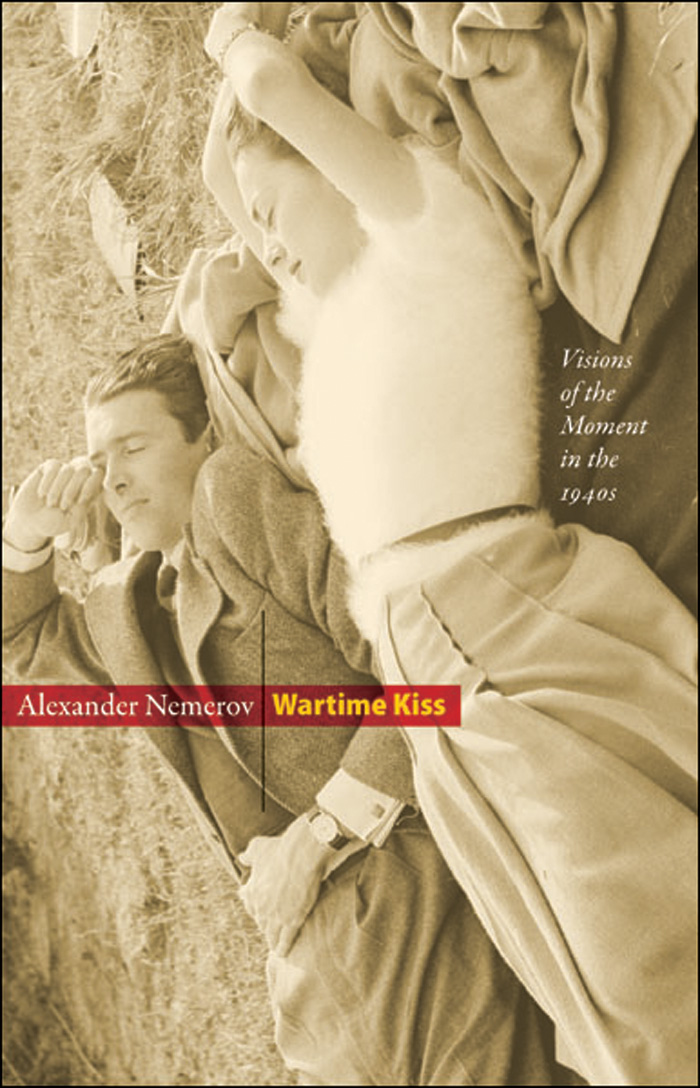Wartime Kiss
ESSAYS IN THEArts
Wartime Kiss
Visions of the Moment in the 1940s
ALEXANDER NEMEROV
Princeton University Press
Princeton and Oxford
Copyright 2013 by Princeton University Press
Published by Princeton University Press, 41 William Street, Princeton,
New Jersey 08540
In the United Kingdom: Princeton University Press, 6 Oxford Street,
Woodstock, Oxfordshire OX20 1TW
press.princeton.edu
Jacket Photograph: James Stewart and Olivia de Havilland on a picnic, 1940. John Swope. Courtesy of the estate of John Swope, The Stewart Family, LLC. and Ms. Olivia de Havilland
All Rights Reserved
Library of Congress Cataloging-in-Publication Data
Nemerov, Alexander.
Wartime kiss : visions of the moment in the 1940s / Alexander Nemerov.
p. cm. (Essays in the arts)
Summary: Wartime Kiss is a personal meditation on the haunting power of American photographs and films from World War II and the later 1940s. Starting with a powerful reinterpretation of one of the most famous photos of all time, Alfred Eisenstaedts image of a sailor kissing a nurse in Times Square on V-J Day, Alexander Nemerov goes on to examine an idiosyncratic collection of mostly obscure or unknown images and movie episodesfrom a photo of Jimmy Stewart and Olivia de Havilland lying on a picnic blanket in the Santa Barbara hills to scenes from such films as Twelve OClock High and Hold Back the Dawn. Erotically charged and bearing traces of trauma even when they seem far removed from the war, these photos and scenes seem to hold out the promise of a palpable and emotional connection to those years. Through a series of fascinating stories, Nemerov reveals the surprising background of these bits of film and discovers unexpected connections between the war and Hollywood, from an obsession with aviation to Anne Franks love of the movies. Beautifully written and illustrated, Wartime Kiss vividly evokes a world in which Margaret Bourke-White could follow a heroic assignment photographing a B-17 bombing mission over Tunis with a job in Hollywood documenting the filming of a war movie. Ultimately this is a book about history as a sensuous experience, a work as mysterious, indescribable, and affecting as a novel by W. G. SebaldProvided by publisher.
Includes bibliographical references and index.
ISBN 978-0-691-14578-5 (hardback)
1. World War, 1939-1945Photography. 2. Historiography and photography. 3. World War, 19391945Motion pictures and the war. 4. Art and history. 5. Collective memory. 6. Nineteen forties. I. Title.
D810.P4N46 2012
940.5373dc23 2012026332
British Library Cataloging-in-Publication Data is available
This book has been composed in Garamond Premier Pro and Myriad Pro
Designed by Tracy Baldwin
Printed on acid-free paper.
Printed in the United States of America
10 9 8 7 6 5 4 3 2 1
Contents
Belita Jepson-Turner
Olivia de Havilland
Margaret Bourke-White
Stovall at Archbury
Olivia de Havilland
Wartime Kiss
Introduction
H ow do we remember the Second World War now? Often it comes to us in famous photographs and movie scenes from those years. A sailor plants a kiss on a nurse in Times Square on V-J Day. Jennifer Jones runs tearfully alongside Robert Walkers train as it darkly leaves the station in David O. Selznicks home-front magnum opus of 1944, Since You Went Away. The photographs carve out a piece of time, the films unfold a short sequence of set-piece locomotion. The photojournalistic precision of an instant, the melodramatic crescendo of a tearful goodbye: these are the set-pieces wherein all that was held precious, special, could be locked and shown to future generations as a truth of the times. In those years the moment was the medium.
This book takes the power of the moment seriously, but not in ways we might expect for an account of the Second World War. It starts with Eisenstaedts photograph, but it is mostly about other moments from those years. The photographs and movie scenes you will find here are usually not so well known. A few are truly obscure. I have found these images sometimes by chance, and it is only my sensibility that has restored them to some reawakened life. I have chosen them because they feel to me like a disturbance on the surface of things, akin to what Roland Barthes describes as the punctum of a photographa piercing, wounding sensation without explanationand because I believe (adapting Barthes to the practice of doing history) that the inexplicable wound is a means of coming into contact with the past. The trembling of these moments is maybe only so much personal projection, true, but then again it might be some breath of the past that has chosen me, or one of my students (I tell them to be aware of these moments), to be its host. Taken together, these moments do not provide an authoritative account but a patchwork of glimpses of that era. Yet in their ephemeral and random combination, brought together like a bouquet in my hand, they promise a recollection that is more sensuous, maybe more delightful and more mysterious, than an official history.
Maybe that is because this is a book about time on many levels. It is about the time between now and then, the current we will have to ride to get from here to there. It is also about the strange combination of then and now familiar to students of photographythe way a photograph brings a lost moment and person directly into our view, so that what was and what is coalesce in eerie combination. It is also about how each of the photographs and scenes I discuss conveys its own attitude about time. Some freeze it. Others suspend it. Some strive to be without it. Others nod and glance toward but utterly avoid the terror of time, the infiniteness of death, while still others confront this slow rot with painful precision. Every moment unfolds with its own special temporal atmosphere. Remembering the war years means not only imagining particular moments but imagining the ecology of timeluxurious or nightmarish, sudden or suspended, narrow or infinitewithin each one of them.
How does one write about these moments? This book tries to imagine a different way of writing history. The past emerges here in a scattershot of sound, like a radio dial turned from one end of the frequency to the other and back again, first fast, then slow, backward and forward. We hear less the honey of official slogans than the garbled eloquence of the hitherto unheard, the stitched sound of those who never got their say, whose stories this book sometimes tells. We hear too the beautiful tones of the famous, though in unaccustomed words. All have their moment, and sometimes the moments are so lyrically present that they hardly seem to be from the past. But in all cases there is no permanent coming to light and audibility, no sense of history as a preservation of the lost. Amid the gravelly crackling of the noise, whole worlds briefly appear, but the voices fall back to their corners, whorled in retreat. Moment to moment, the greeting of past and present is quick to come and go.
The historical writing that responds to these moments is as weightless as the moments themselves. Gravity is usually thought to be the historians element, but butterfly-wing atmospherics slow-drawn in air are another form of historical recollection. Zephyrs provide the currents of displaced sensations, the lost and unlocked phantoms waiting to be written with as light a hand. The air becomes the medium for being borne along, being inspired, by what is not there. I cannot believe that the past could just blow away, and I have decided that the wind thats taken it is what Ill write my history with.






